Types of Power Lithium Batteries
With the popularity of electric vehicles, unmanned aerial vehicles, mobile devices, etc, power lithium battery it has become one of the most important energy storage devices today. There are many kinds of power lithium batteries, each type has its unique characteristics and applicable scenarios. This article will introduce several common types of power lithium batteries to help readers better understand their characteristics and applications.
I. Lithium ion Battery (Li-ion Battery):
-
introduction: lithium ion battery is one of the most widely used types of power lithium battery at present. It uses lithium ion migration between positive and negative electrodes to realize charge storage and release.
-
Features: lithium ion battery has high energy density, long cycle life and low self-discharge rate. They also have higher charging efficiency and lower internal resistance, and can charge and discharge quickly.
-
Application: lithium ion batteries are widely used in electric vehicles, portable electronic devices, energy storage systems and other fields. Its high energy density and low self-discharge rate make it an ideal choice for these applications.
II. Lithium polymer Battery (Li-polymer Battery):
-
introduction: lithium polymer battery is a kind of power lithium battery with polymer electrolyte. Compared with traditional liquid electrolyte, it has higher safety and flexibility.
-
Features: lithium polymer battery has the advantages of high energy density, lightweight and flexible design. They also have lower self-discharge rate and longer life.
-
Application: lithium polymer batteries are widely used in wearable devices, mobile power supplies, unmanned aerial vehicles and other fields. Its flexible design and high energy density make it an ideal choice for these applications.
3. Lithium sulphur Battery (Li-S Battery):
-
introduction: lithium sulphur battery is a power lithium battery that uses lithium metal and sulfide as positive and negative materials. It has higher energy density and lower cost.
-
Features: lithium sulphur battery has extremely high energy density and long service life. They also have lower environmental impact and lower material cost.
-
Application: lithium sulphur battery is gradually applied to electric vehicles, aerospace, energy storage systems and other fields. Its high energy density and low cost make it a potential substitute in these fields.
4. Sodium ion Battery (Na-ion Battery):
-
introduction: sodium ion battery is a power lithium battery that uses the migration of sodium ions between positive and negative electrodes to realize the storage and release of charge. Compared with lithium ion batteries, it uses cheaper sodium materials.
-
Features: sodium ion battery has lower cost and higher energy density. Although its cycle life is short, sodium ion battery still has potential advantages in some application scenarios.
-
Application: sodium ion batteries are gradually applied to energy storage systems, large-scale energy storage and other fields. Its lower cost and higher energy density make it a potential substitute in these fields.
There are many kinds of power lithium batteries, each type has its unique characteristics and applicable scenarios. Lithium ion battery is currently the most widely used type of power lithium battery, and lithium polymer battery, lithium sulphur battery and sodium ion battery also have their own advantages and development potential.
 Dongguan Juneng New Energy Technology Co., Ltd.
Dongguan Juneng New Energy Technology Co., Ltd.
 137 5142 6524(Miss Gao)
137 5142 6524(Miss Gao)
 susiegao@power-ing.com
susiegao@power-ing.com
 Xinghuiyuan High tech Industrial Park, Dalang Town, Dongguan City, Guangdong Province
Xinghuiyuan High tech Industrial Park, Dalang Town, Dongguan City, Guangdong Province


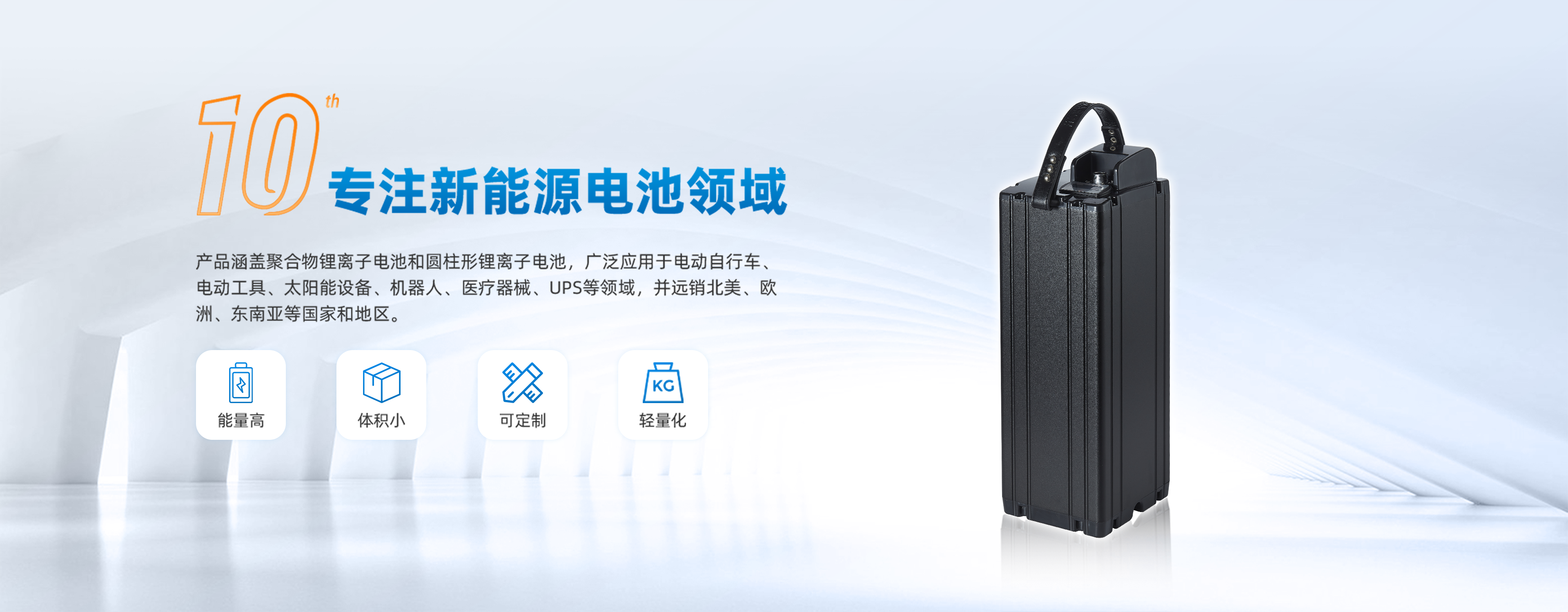
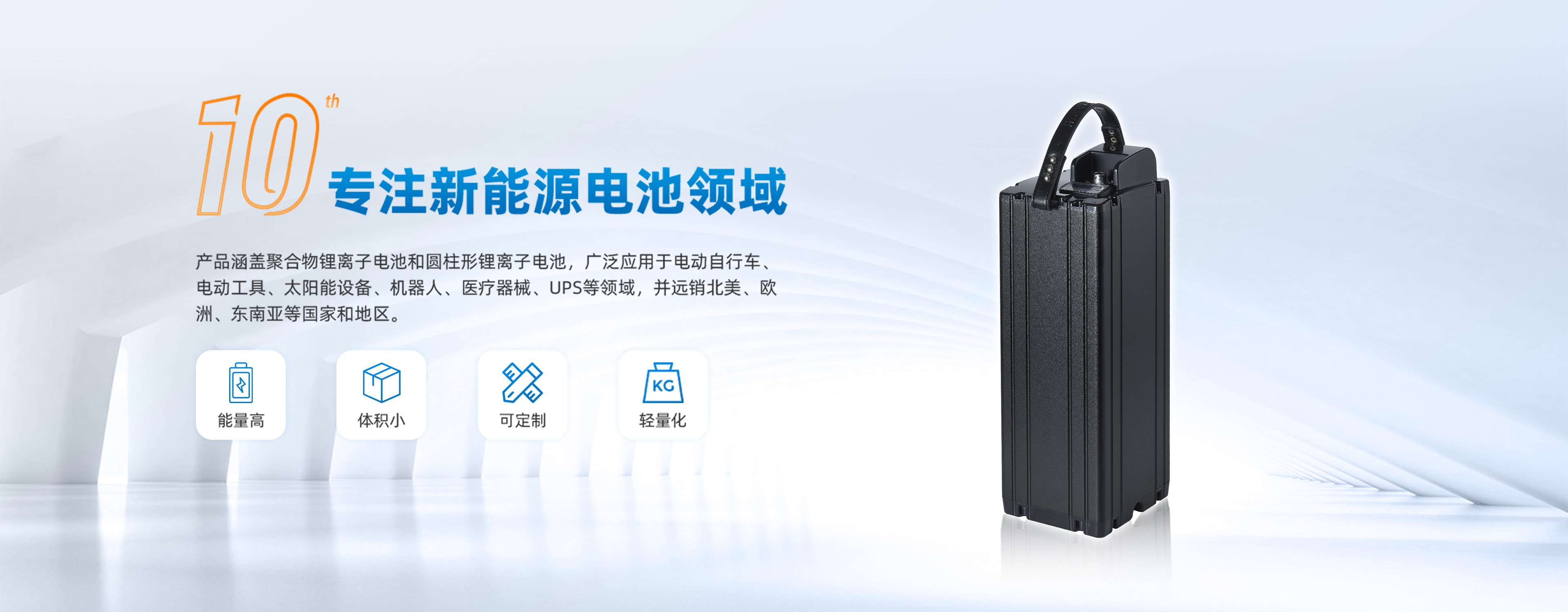
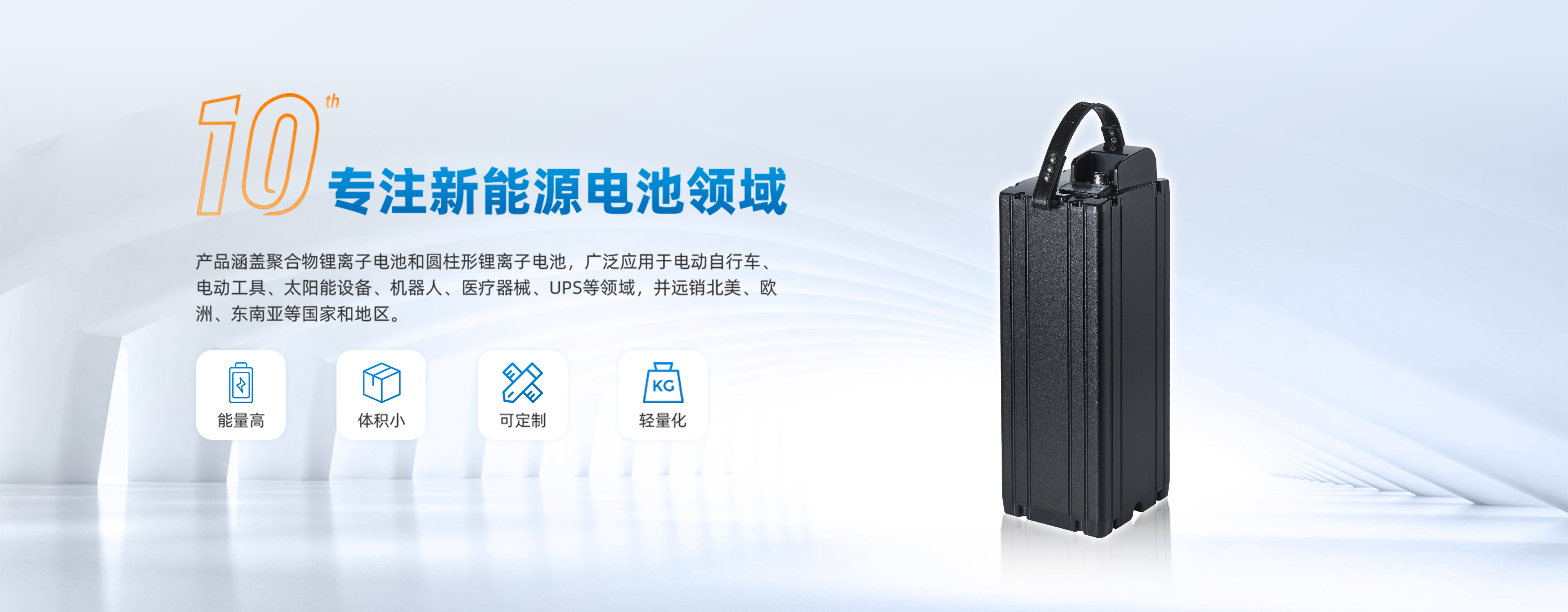



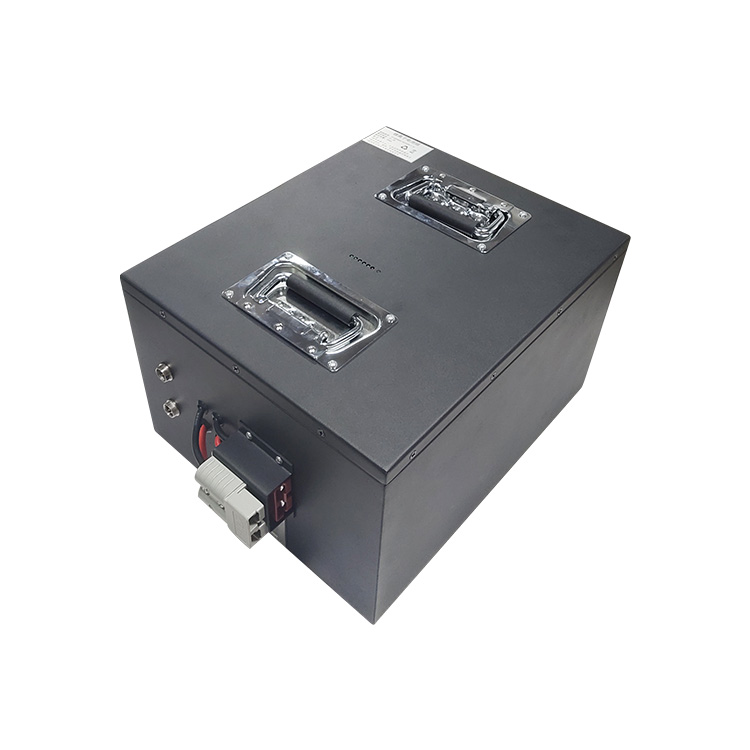


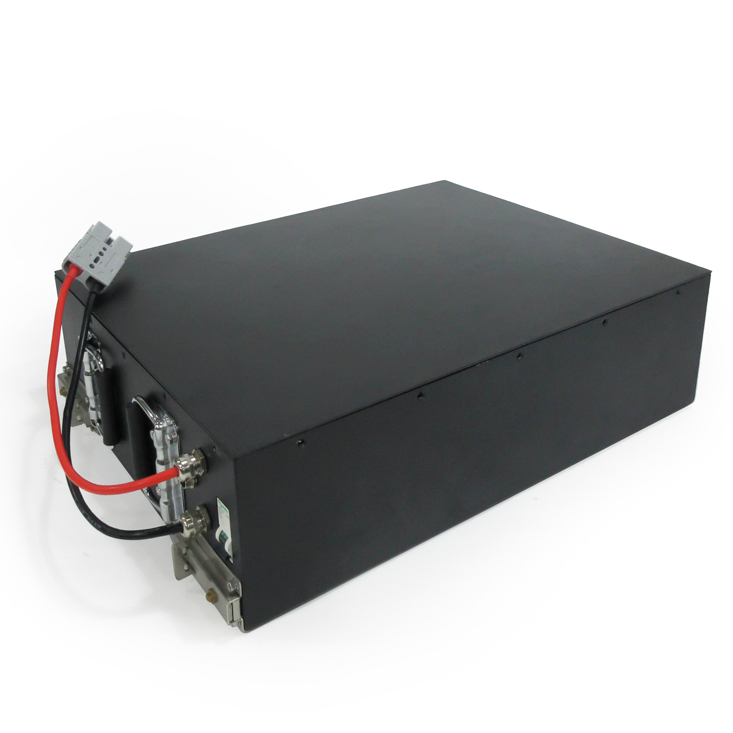

 Yue Gong Wang An Bei No. 4419002007491
Yue Gong Wang An Bei No. 4419002007491